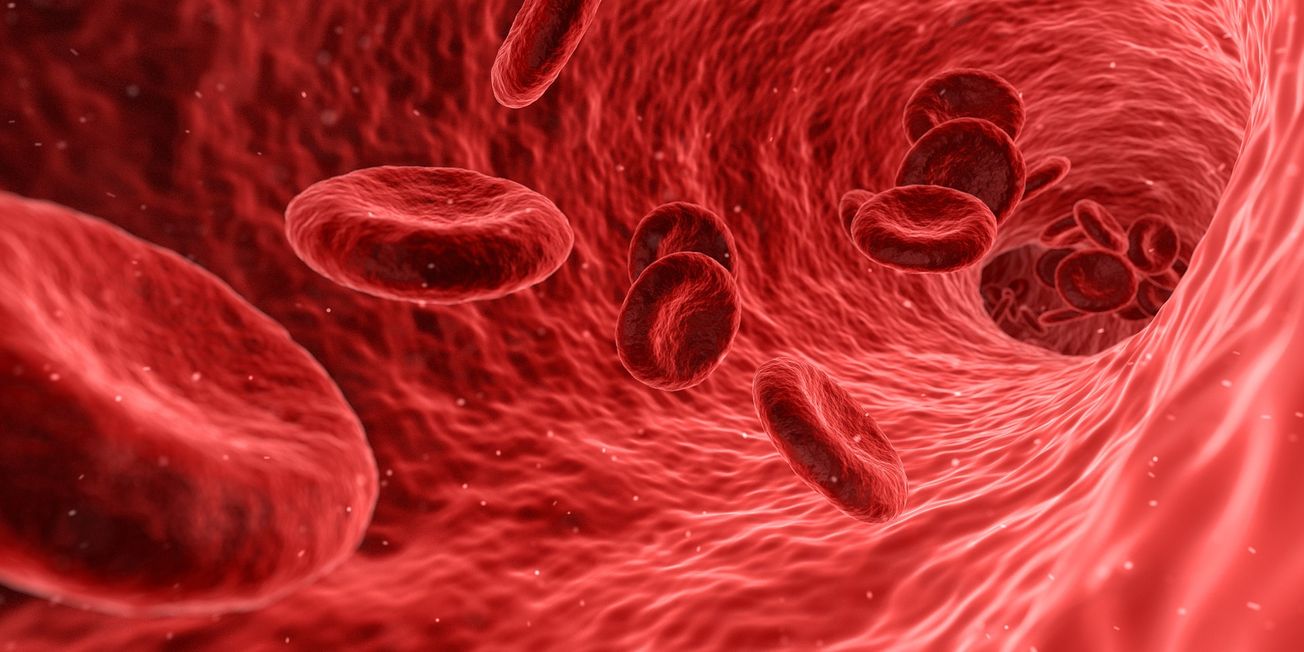By Lila Horne, Second Year Biology
After 30 years of questions, the scientists at the University of Bristol have finally solved this red blood cell antigen mystery and established the 44th known blood group: Er.
Most people are aware of the ABO and Rh (plus or minus) blood groups which are one of the main components to determine your compatibility to give and receive blood from others. However, other lesser-known blood groups do exist, and they play a big role in how the immune system reacts to blood transfusions.
Blood transfusions have been crucial to medicine for centuries, with the first attempted blood transfusions recorded in 1665, by physician William Harvey after his discovery of blood circulation in the human body. Some 200 years later, the first successful human blood transfusion was performed by obstetrician James Blundell in 1818.
Despite few early successes, many early blood transfusions resulted in fatalities until the discovery of the ABO blood groups in 1901. From this research, scientists were able to better understand the dangers of mixing blood types and how to identify them, allowing transfusions to be safer and eventually become a life-saving practice in hospitals.
Scientists from @BristolBiochem and @NHSBT have discovered a rare new ER #blood group system which could have a significant outcome for treating pregnant women🩸🤰
— Bristol Uni news & coverage (@BristolUniMedia) October 7, 2022
Study co-author @AshToye_Bristol commented on the research findings in @Independent⬇️https://t.co/Lu4MXcnppR
30 years ago, three mysterious antigens were found to cause an alloimmunisation (an immune reaction against an antigen that is not found in the patient’s body) reaction in people with a rare blood type that belonged in neither the ABO and Rh groups.
This study by the University of Bristol’s School of Biochemistry alongside the NHS Blood & Transplant Department has managed to genetically characterise the three mysterious previously known antigens, and two recently discovered during the study, as Er antigens, forming a new blood group.
By analysing the gene coding DNA sequences of people with alloantibodies which counter these Er antigens, the mutational changes to the PIEZO1 gene that codes the mechanosensitive ion channel protein Piezo1 were pinpointed.
Mechanosensitive ion channels are found in the membranes of cells and are a vital part of gene expression, cell migration and other functions. These changes to the PIEZO1 gene permitted for an altered Er protein to form on the surface of red blood cells by binding to the Piezo1 carrier molecule. The presence of the Er protein allowed for the alloantibodies to bind, creating an alloimmunisation reaction when it encountered blood that did not also carry the Er group.
The scientists then completed further tests to strengthen the Piezo1 protein hypothesis by removing the protein and then reintroducing it back into the cell with gene editing. This allowed for Er antigens to be established as a new blood group.

Er is the 44th blood group to be categorised. Each blood group discovered has reacted differently to the mixing of blood, with some being more serious than others.
Notedly, the transformation caused by the Piezo1 protein is of particular interest due to its involvement in health and disease of red blood cells. During the study, the two newly discovered Er antigens were associated with the loss of two separate pregnancies due to the antigens causing a rupture or destroying red blood cells in newborns and foetuses.
Piezo1 is also involved in other serious blood diseases such as stomatocytosis where a slit-like pattern forms in place of the normal circular appearance in the centre of the blood cell and tissue swelling caused by the build-up of fluids in the lymphatic system. This study furthers scientific knowledge about the Piezo1 protein and how it functions, improving the potential for further studies on red blood cells.
The formation of the Er blood group gives scientists the opportunity to expand blood tests to include individuals with rare blood types. This will increase the ability for doctors and other professionals to provide the best possible care for patients and the prevention of alloimmunisation attacks during blood transfusions.
Featured image: Flickr / SciTechTrend









